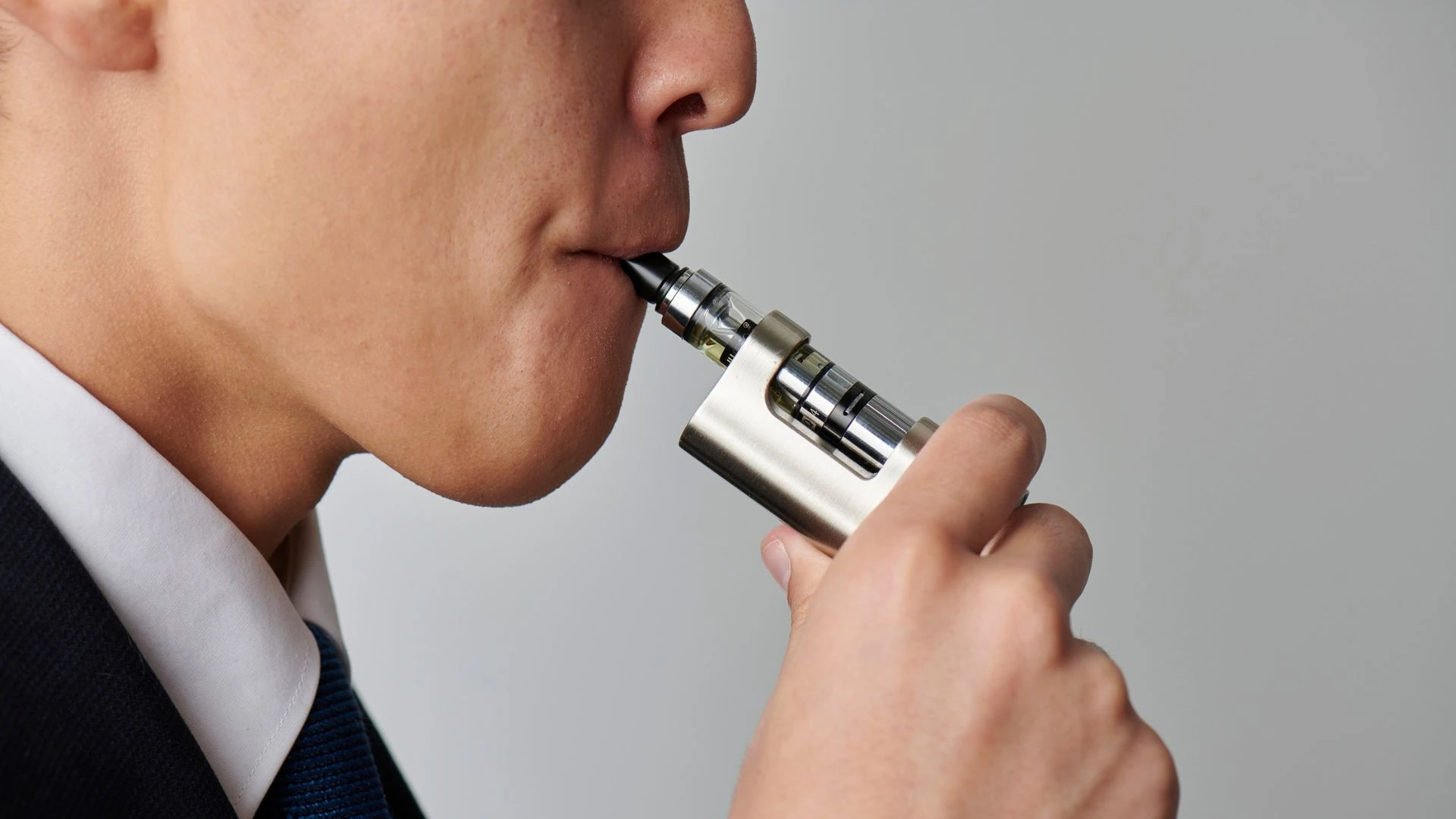Vaping has grown in popularity over the last decade, promoted as a “safer alternative” to smoking. But as more research emerges, health professionals are raising concerns about the impact of e-cigarettes on lung health. One of the most common questions is: do lungs recover from vaping?
The short answer is that the lungs can heal to a surprising extent once vaping stops, but recovery depends on many factors, and some damage may be more lasting.
This article explores how vaping affects the lungs, what recovery looks like, and practical steps to support lung healing.
How Vaping Affects the Lungs

E-cigarettes heat up a liquid containing nicotine, flavorings, and other chemicals to create an aerosol. While this aerosol is free of some toxins found in cigarette smoke, it still contains harmful substances such as formaldehyde, acrolein, and heavy metals. When inhaled, these can irritate and inflame the lungs.
Potential lung effects from vaping include:
- Inflammation and irritation of the respiratory tract.
- Chronic coughing or worsening of asthma symptoms.
- Impaired immune response in lung tissue, making infections more likely.
- E-cigarette or vaping-associated lung injury (EVALI), a severe condition linked to certain vaping products.
While vaping is often less harmful than smoking, it is not risk-free, and ongoing exposure stresses the lungs.
Can Lungs Recover After Vaping?
The lungs have an incredible ability to repair themselves. Studies show that within weeks of stopping exposure to irritants, the respiratory system begins to clear mucus more effectively, inflammation subsides, and lung function improves.
- For short-term users: If vaping only occurred for a limited period, the lungs are likely to bounce back almost fully once exposure stops.
- For long-term or heavy users: Recovery may be slower, and some microscopic damage to lung tissue could persist. However, notable improvements in breathing, coughing, and exercise capacity are usually seen after quitting.
Recovery Timeline
What will a recovery timeline look like?
First days after quitting
- Within 48 hours, lung cilia (tiny hair-like structures that help clear out mucus) start regaining function.
- Nicotine begins to leave the body, reducing inflammation.
After a few weeks
- Breathing becomes easier as inflammation decreases.
- Energy levels improve as oxygen uptake increases.
- Coughing and mucus build-up start to decline.
Within a few months
- Lung capacity continues to rise.
- Many former vapers experience less wheezing and greater exercise tolerance.
After 1 year and beyond
- Major improvements in lung health are usually seen.
- While some microscopic scarring may remain, the risk of severe conditions decreases significantly compared to continued vaping.
Factors That Influence Lung Recovery
Lung healing varies based on several factors:
- Age: Younger individuals tend to heal faster and more fully.
- Duration and intensity of vaping: Heavy, long-term use may cause more damage.
- Overall health: People with pre-existing lung conditions (like asthma or COPD) may take longer to recover.
- Lifestyle choices: Diet, physical activity, hydration, and limiting exposure to other irritants like pollution or secondhand smoke all play a role.
Ways to Support Lung Healing
If you’ve quit vaping, you can take proactive steps to speed up recovery and strengthen your lungs:
- Quit completely: Even occasional vaping can prolong irritation and delay healing.
- Stay hydrated: Water helps thin mucus and promotes lung clearance.
- Exercise regularly: Cardiovascular activity improves lung capacity and oxygen intake.
- Try breathing exercises: Techniques like diaphragmatic breathing and “pursed lip” breathing strengthen respiratory muscles.
- Eat a nutrient-rich diet: Antioxidants from fruits and vegetables help decrease inflammation.
- Seek medical support: A doctor may recommend pulmonary rehabilitation for severe cases or assist with nicotine withdrawal.
Myths About Lung Recovery After Vaping
- “Vaping is completely safe” – Research consistently shows that while vaping is less toxic than smoking, it still carries risks.
- “Lungs always heal 100% after quitting” – While many improvements happen, some damage may remain, especially with long-term use.
- “It doesn’t matter how long you vaped” – Recovery is possible at every stage, but earlier quitting provides the best chance of full healing.
Conclusion
So, do lungs recover after vaping? In most cases, the answer is yes—lungs have a remarkable ability to heal once vaping stops. Inflammation decreases, lung function improves, and breathing becomes easier, especially within months of quitting. However, the extent of recovery depends on factors like how long someone vaped, their age, and overall health.
The best way to protect your lungs is to avoid vaping altogether. For those who already vape, quitting as soon as possible and supporting recovery through healthy habits can help your lungs heal and lower the risk of lasting damage.



